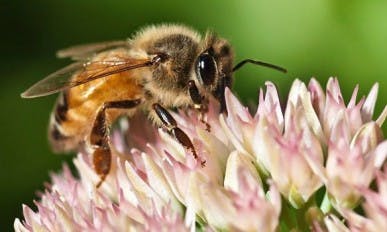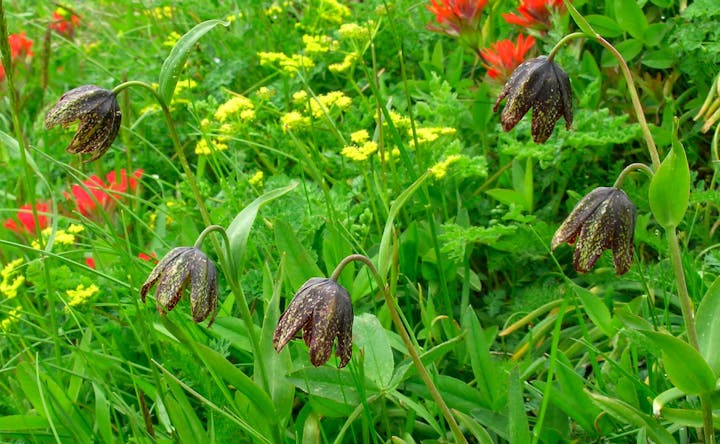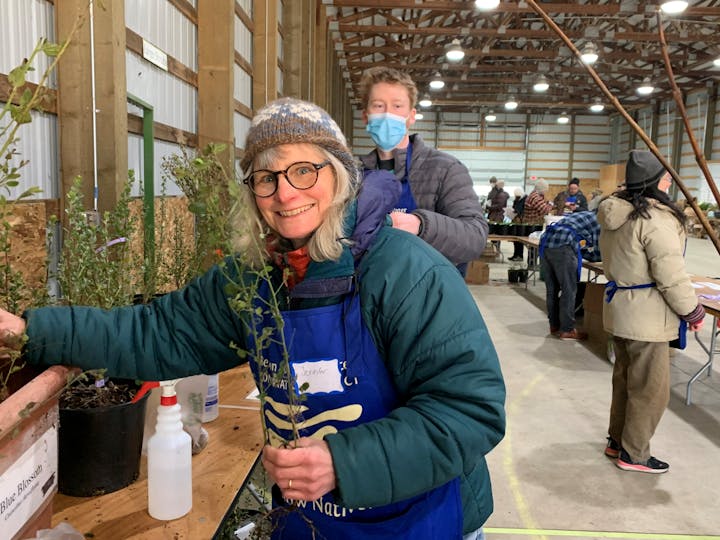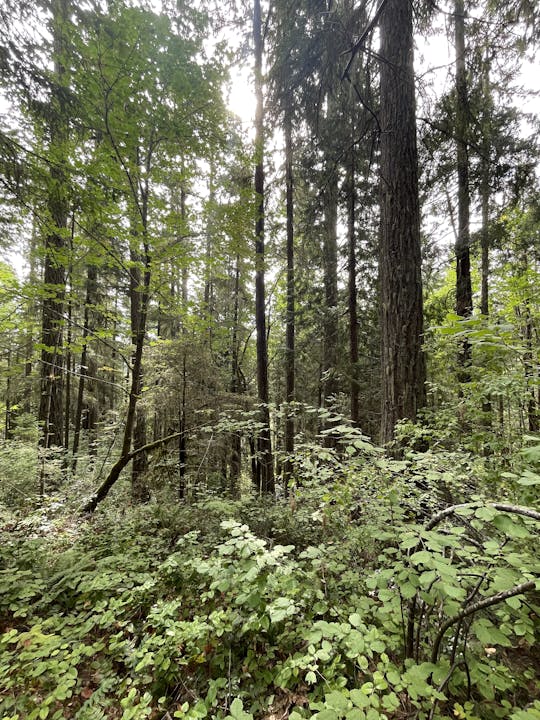Blue Field Gilia | Gilia capitata

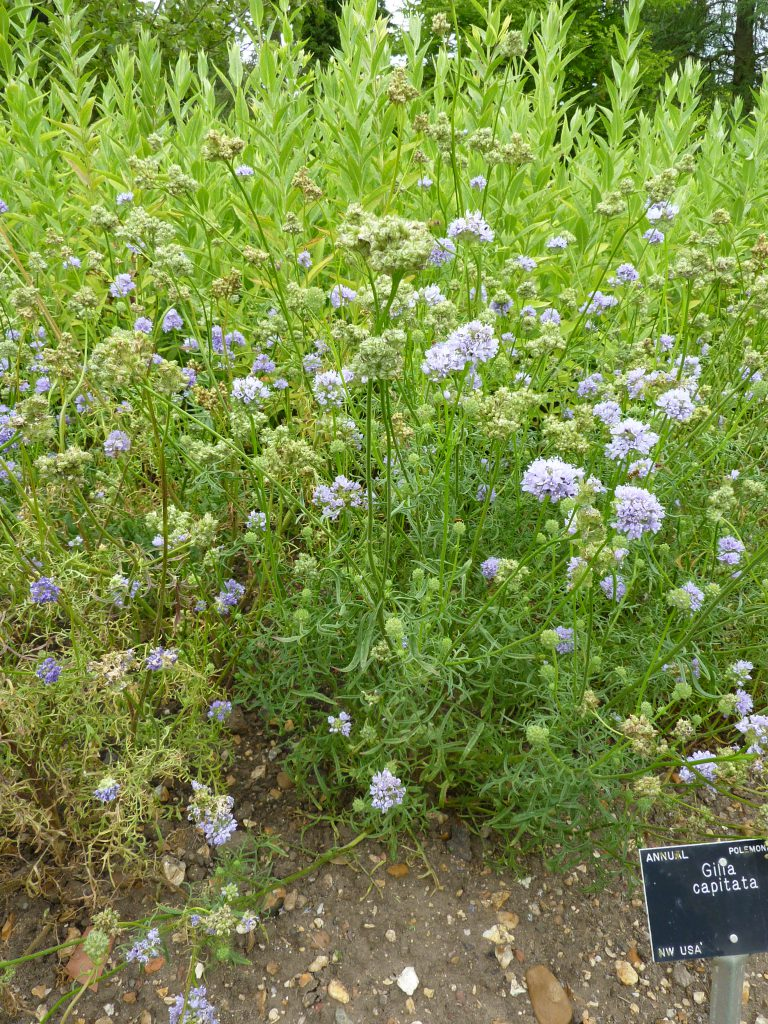


This annual flower has spherical clusters of flowers that range in color from light blue to white to pink. It can be found at a wide range of elevations and prefers well-drained, sandy soil but can tolerate clay.
Plant Details
| Habitats | Oak Woodland, Upland Prairie and Savanna, Riparian Forests, Mixed Hardwood-Conifer Forest or Woodland |
|---|---|
| Phenology | Annual; flowering May-September |
| Mature Height | 4" to 3 ft |
| Shade Preference | Full sun |
| Soil Tolerance | Prefers sandy or rocky well-drained soil |
| Special Uses | Attracts pollinators |

